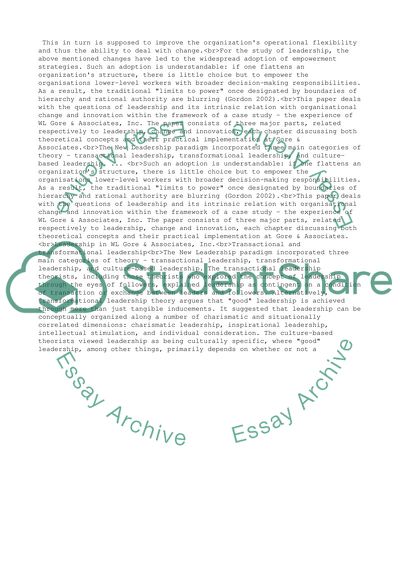Cite this document
(“Leadership and Innovation Assignment Example | Topics and Well Written Essays - 5000 words”, n.d.)
Retrieved from https://studentshare.org/business/1529748-leadership-and-innovation
Retrieved from https://studentshare.org/business/1529748-leadership-and-innovation
(Leadership and Innovation Assignment Example | Topics and Well Written Essays - 5000 Words)
https://studentshare.org/business/1529748-leadership-and-innovation.
https://studentshare.org/business/1529748-leadership-and-innovation.
“Leadership and Innovation Assignment Example | Topics and Well Written Essays - 5000 Words”, n.d. https://studentshare.org/business/1529748-leadership-and-innovation.


